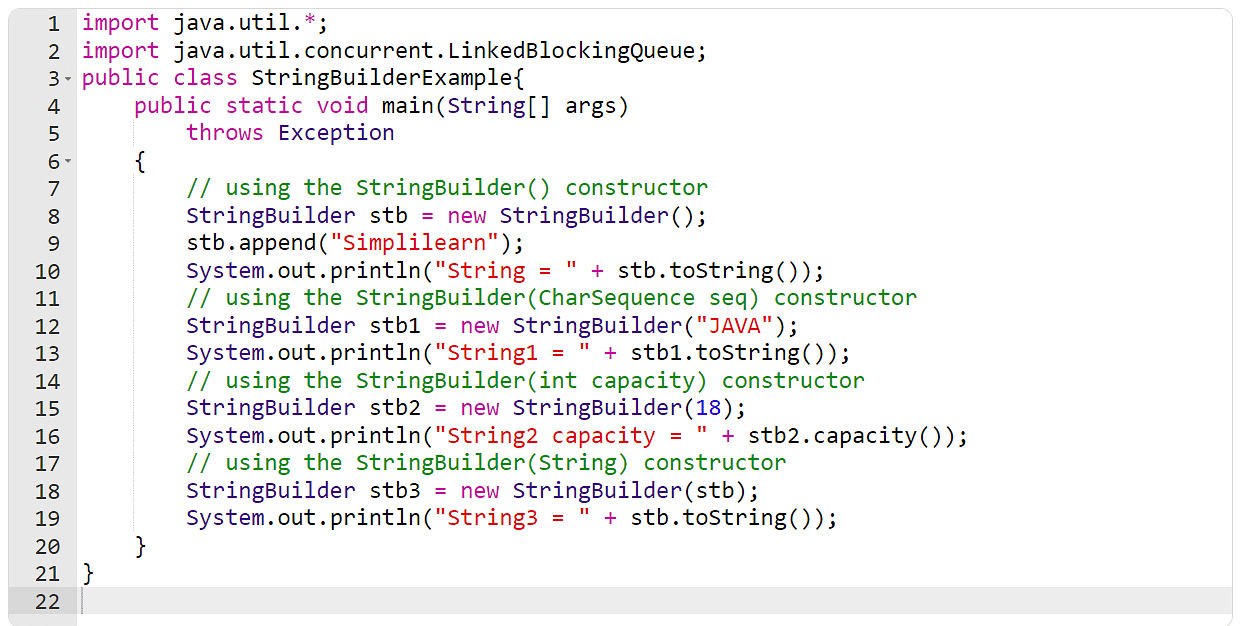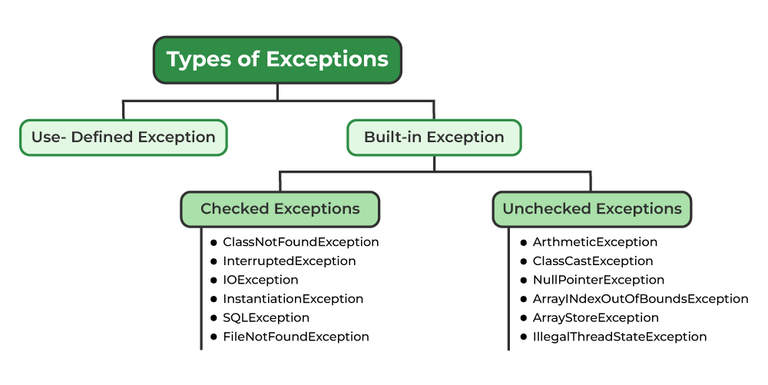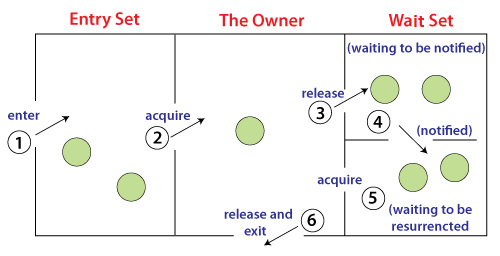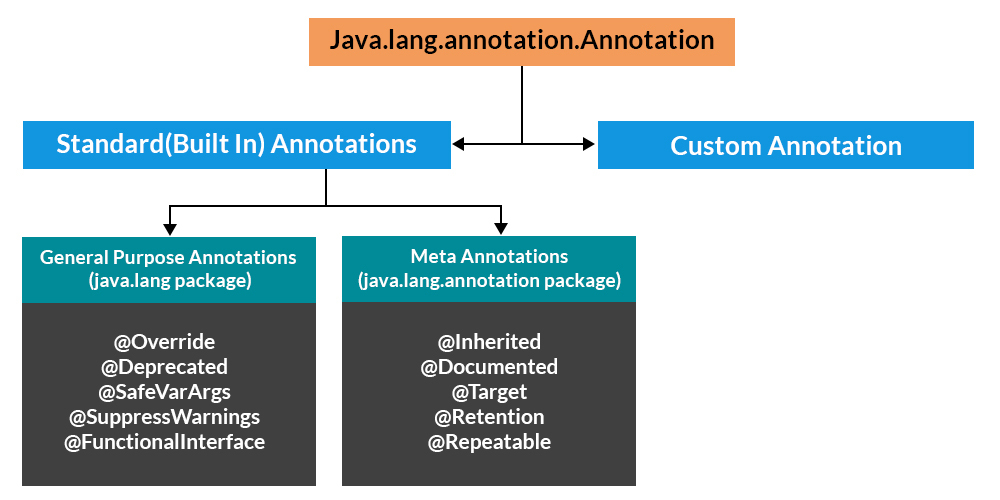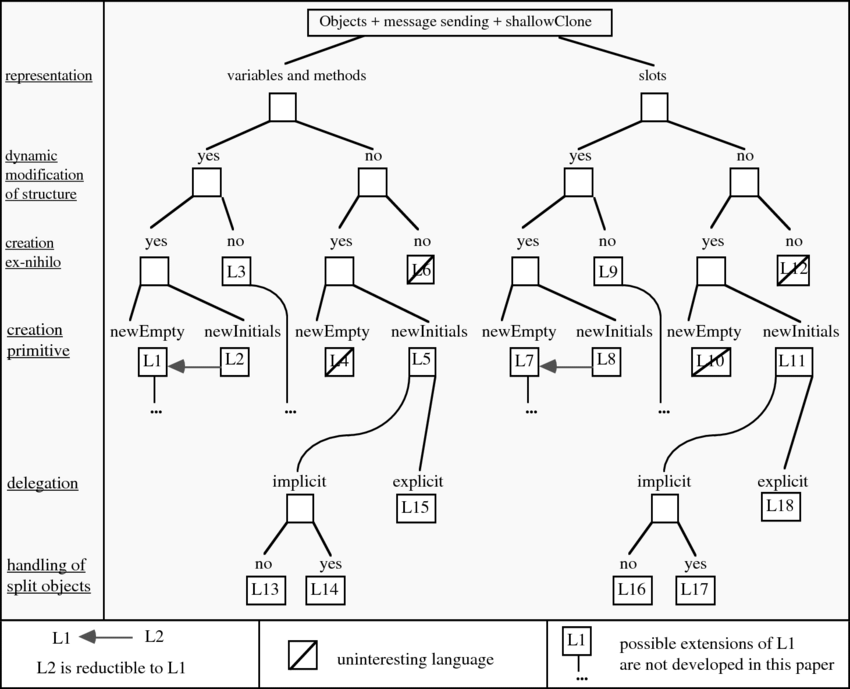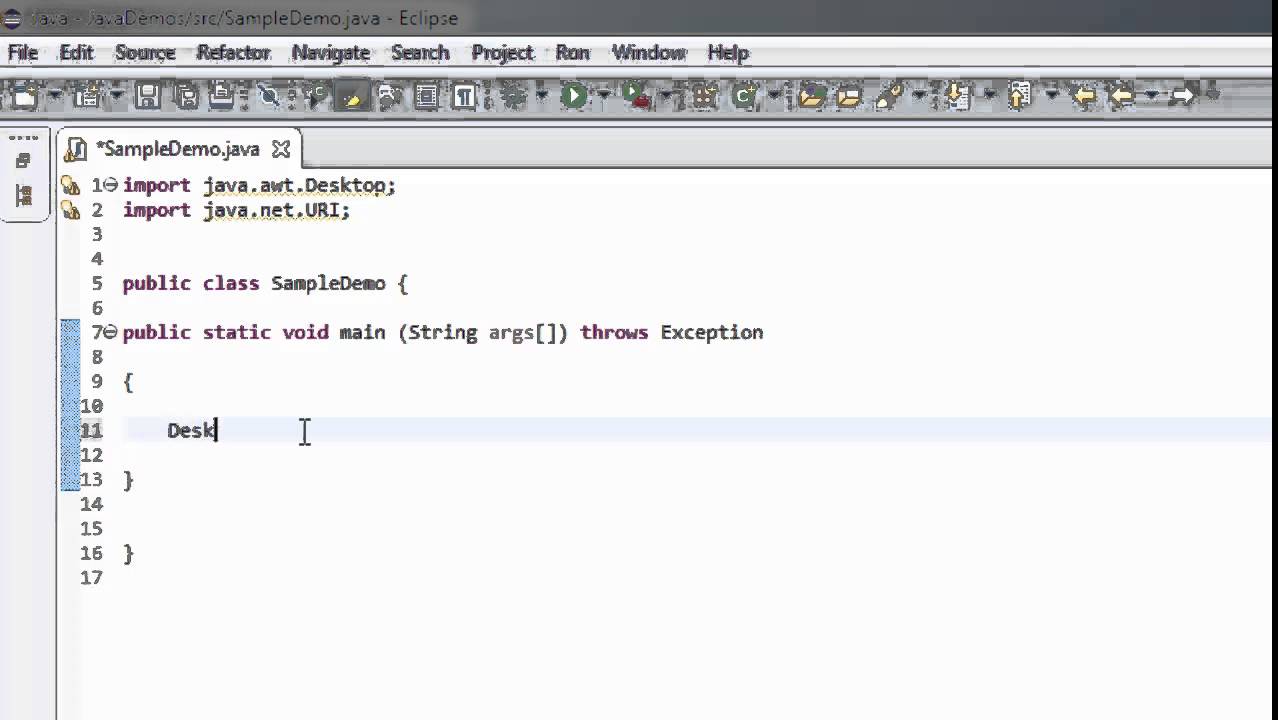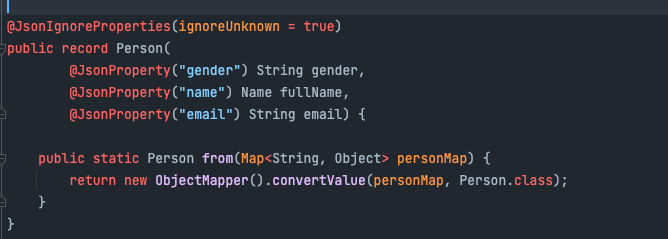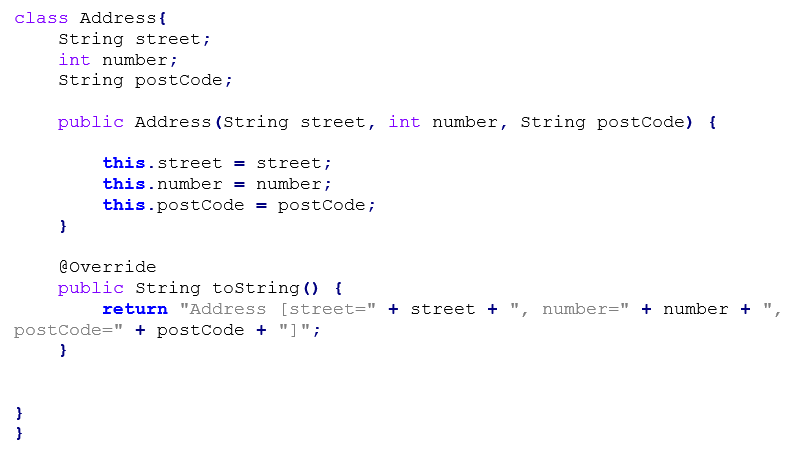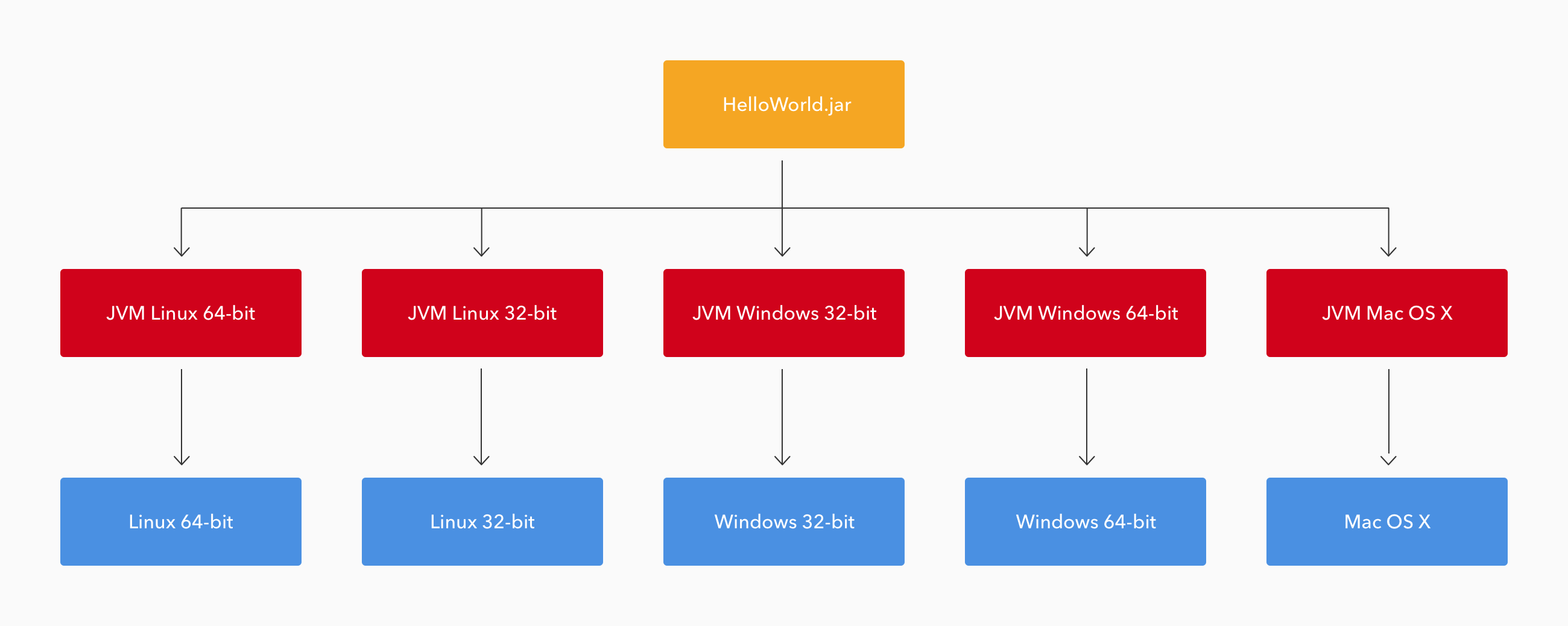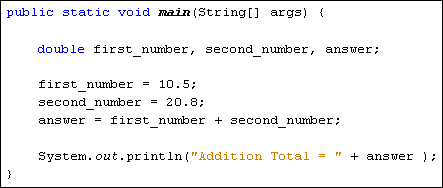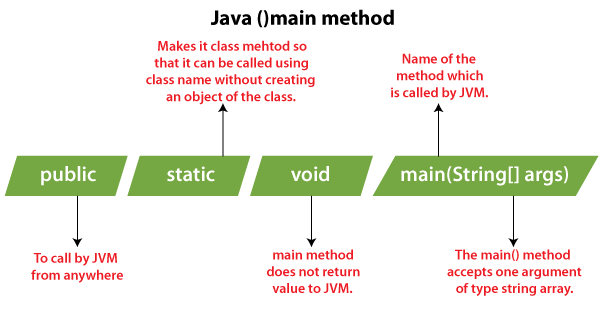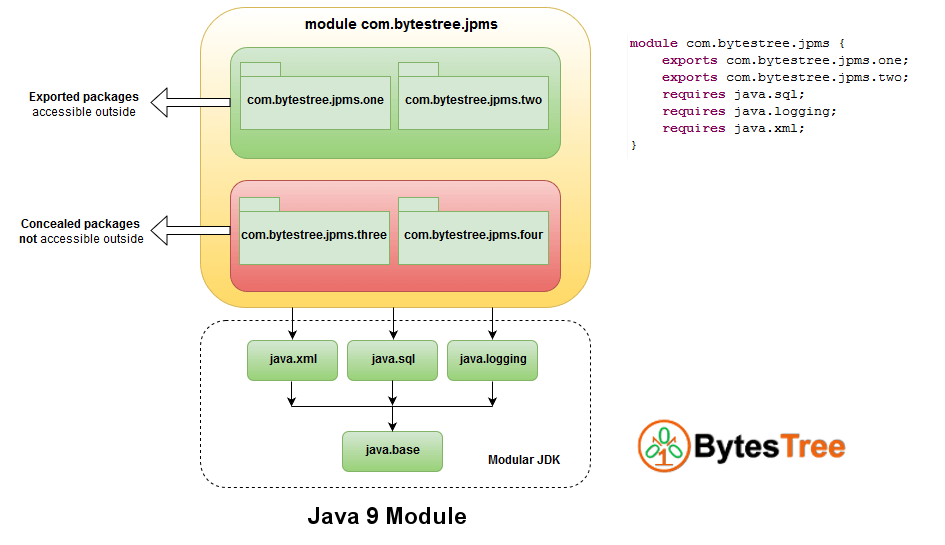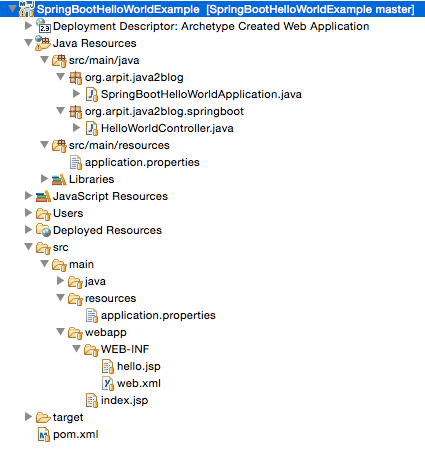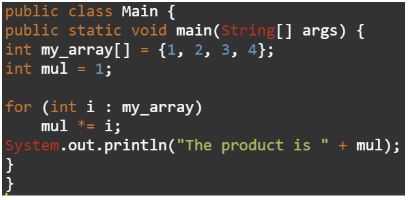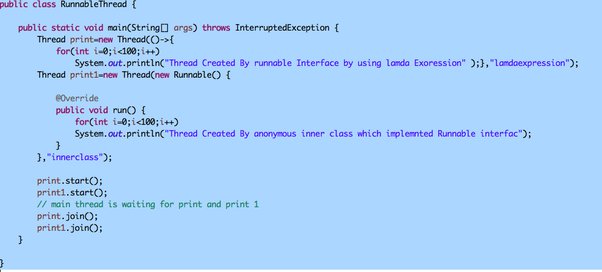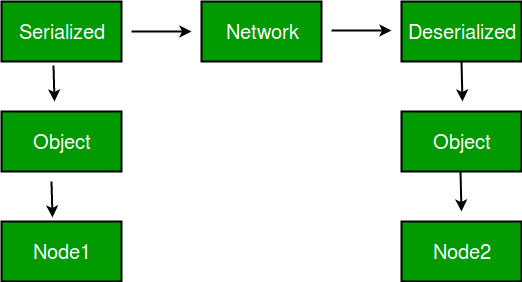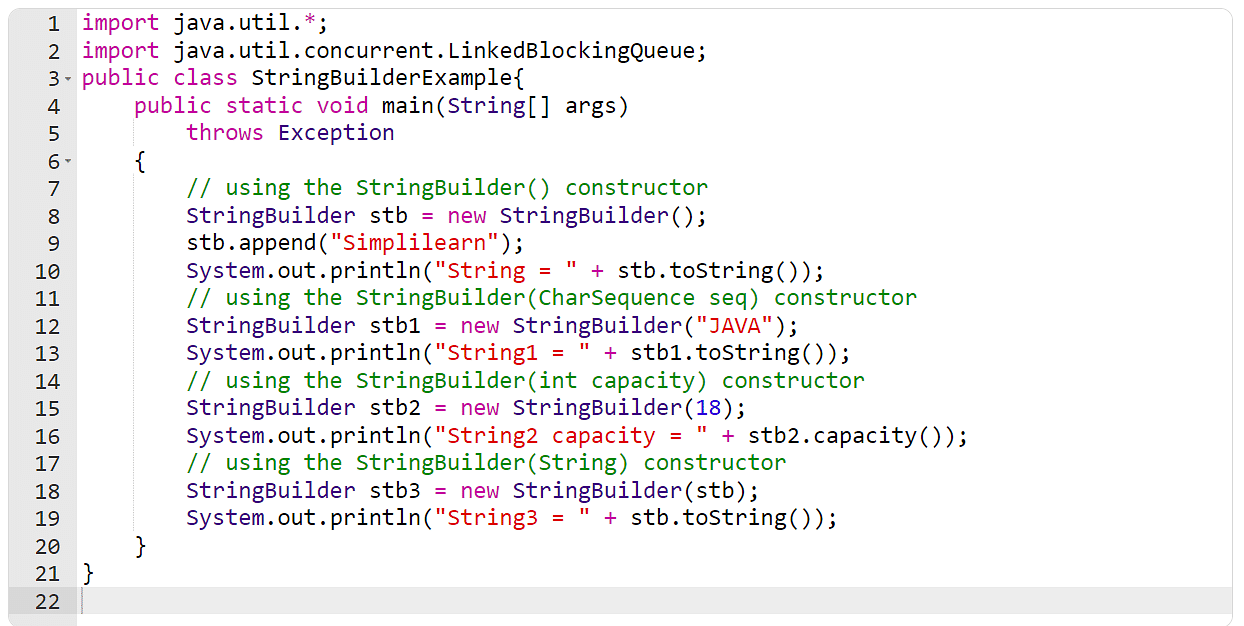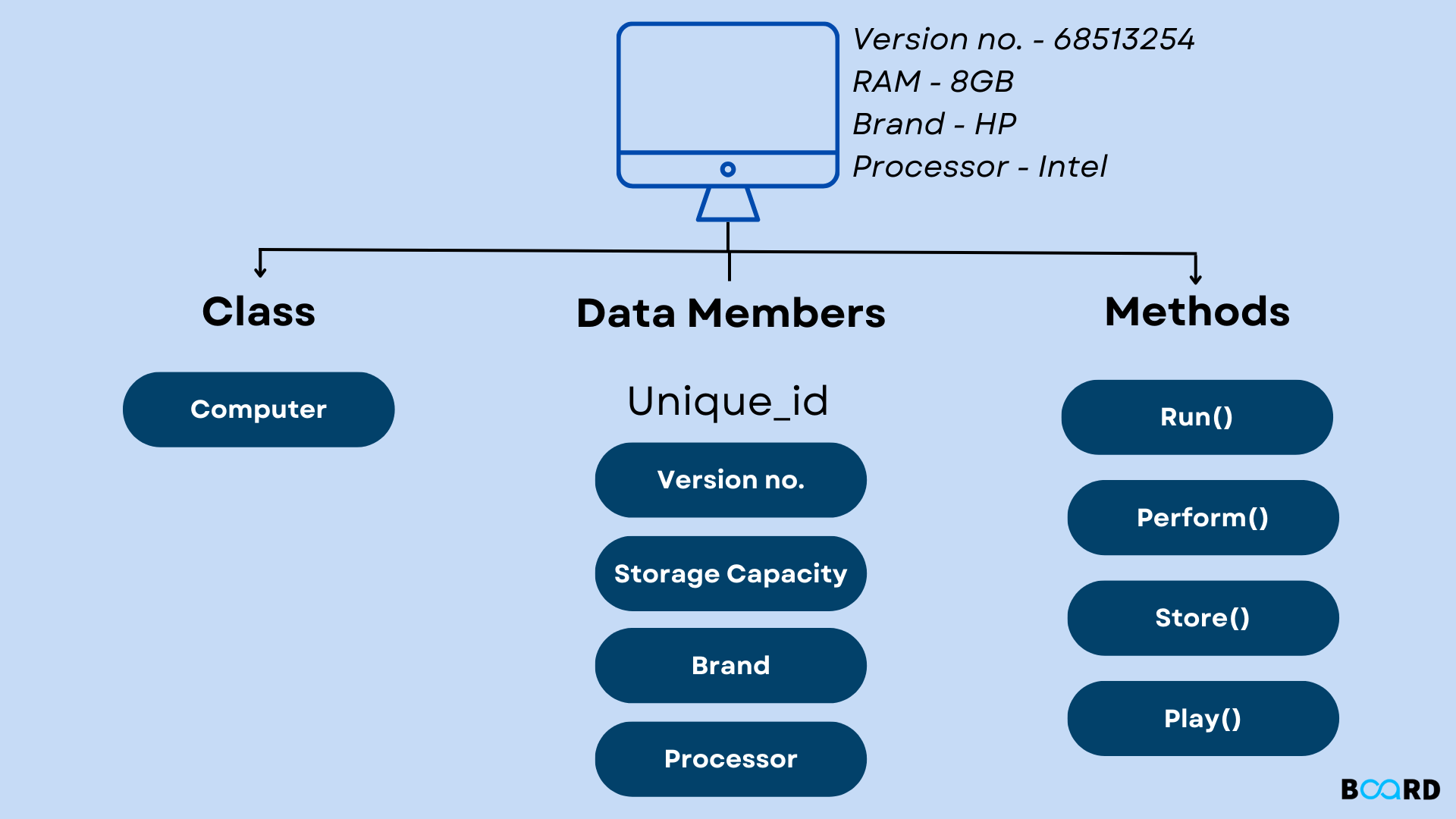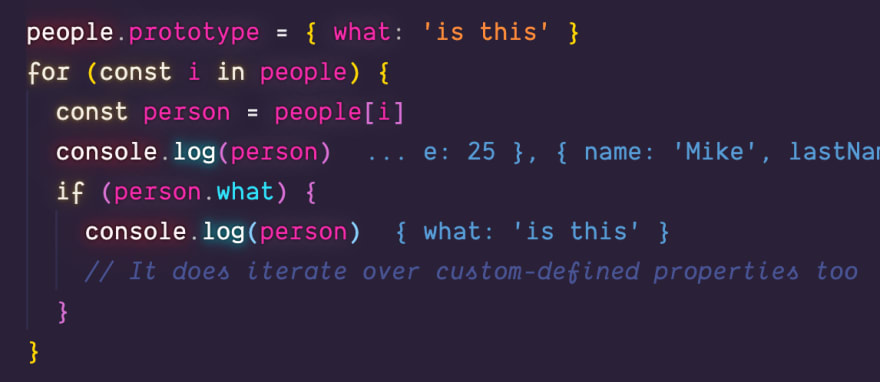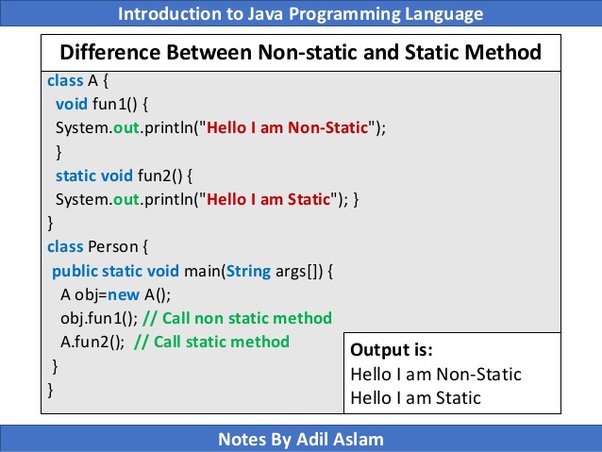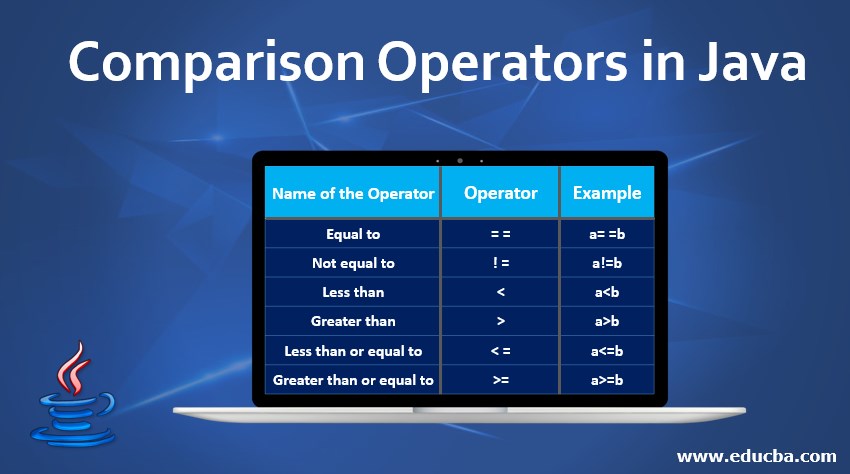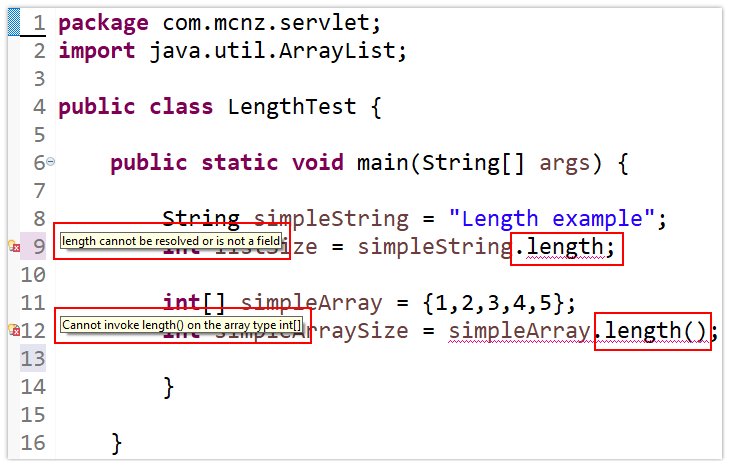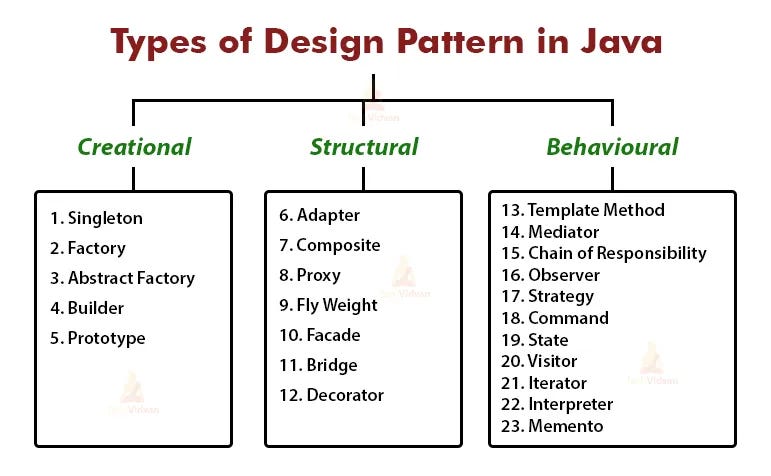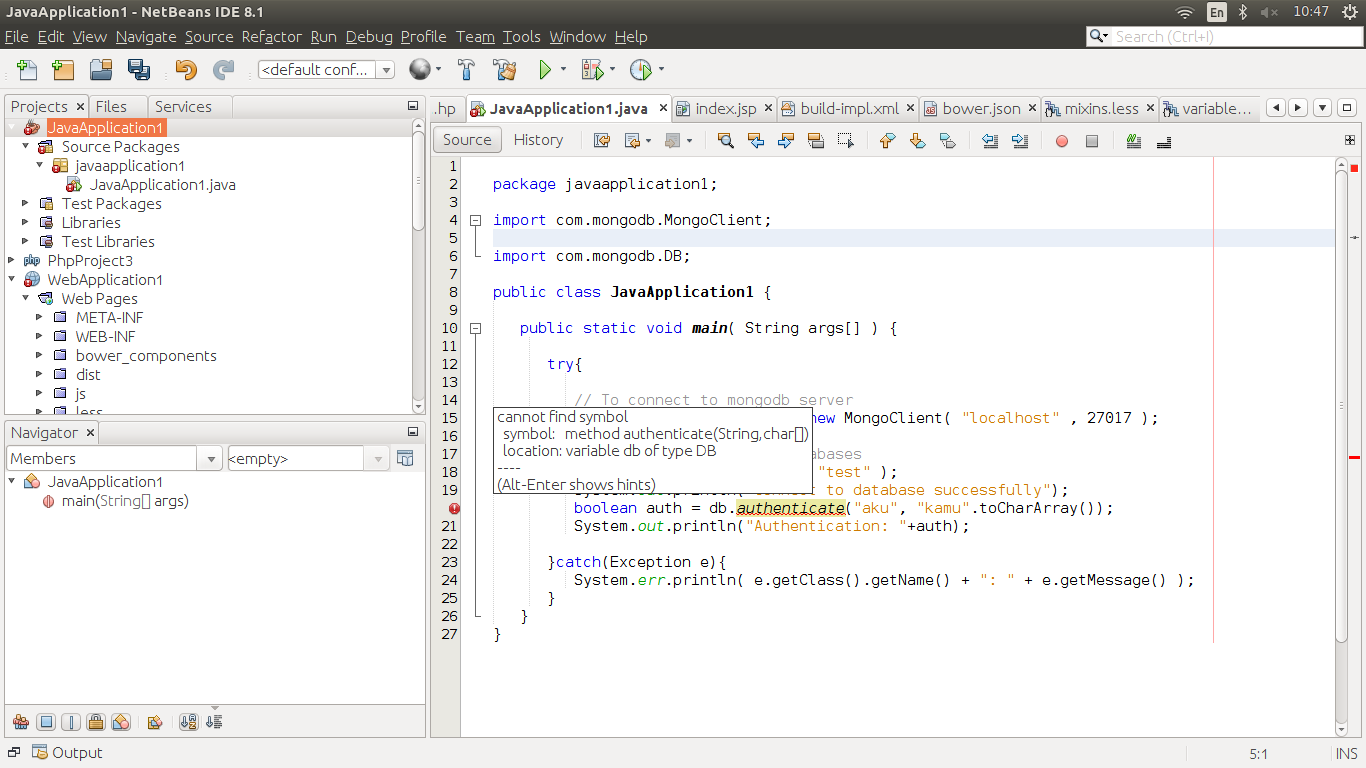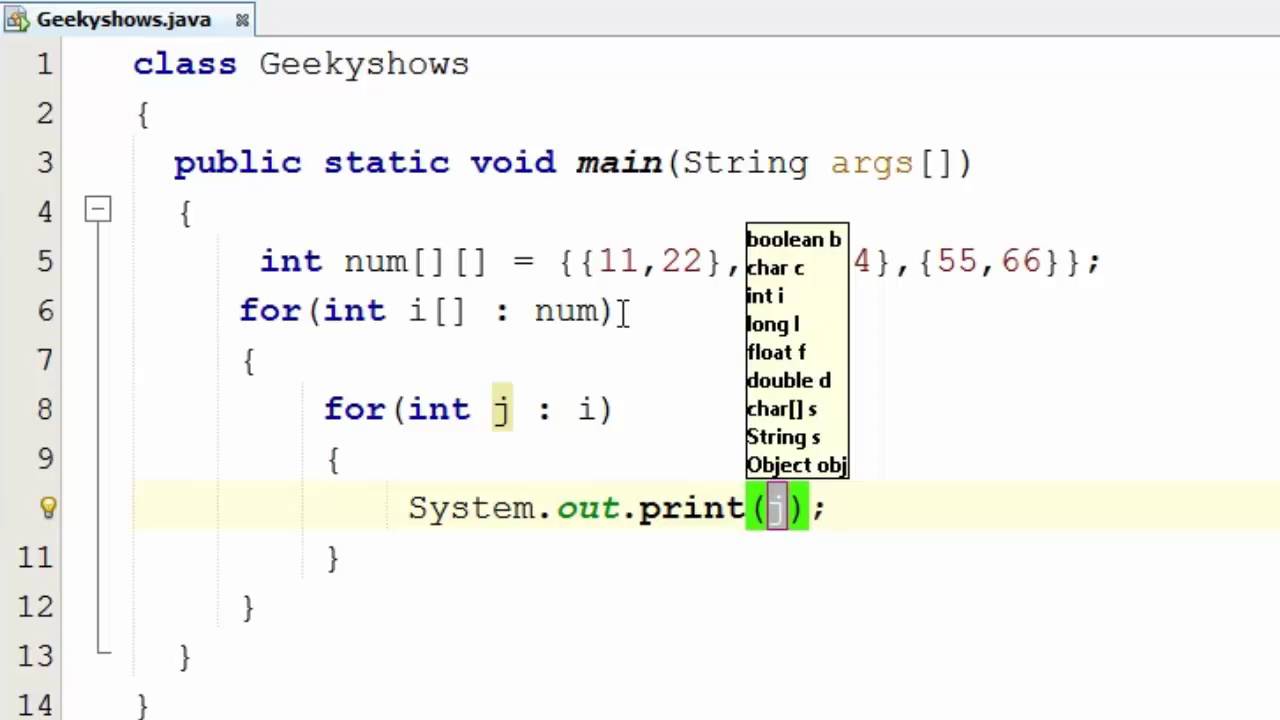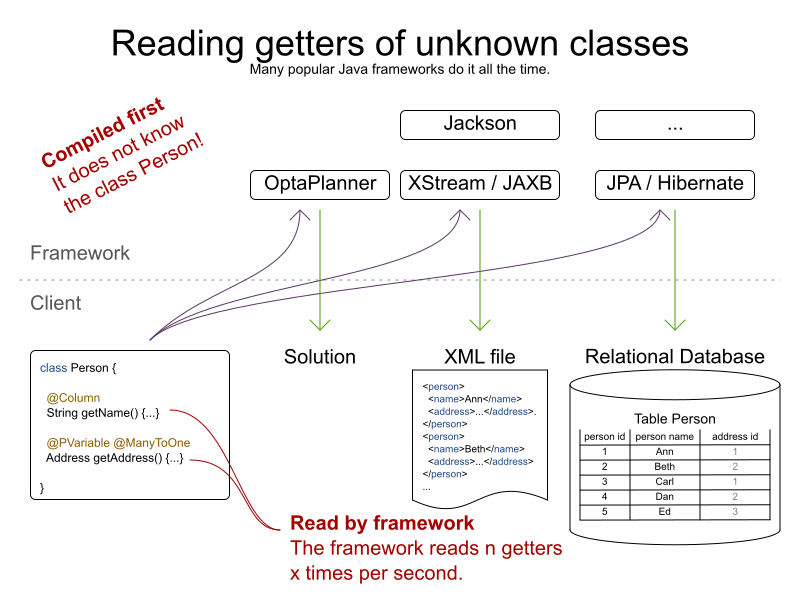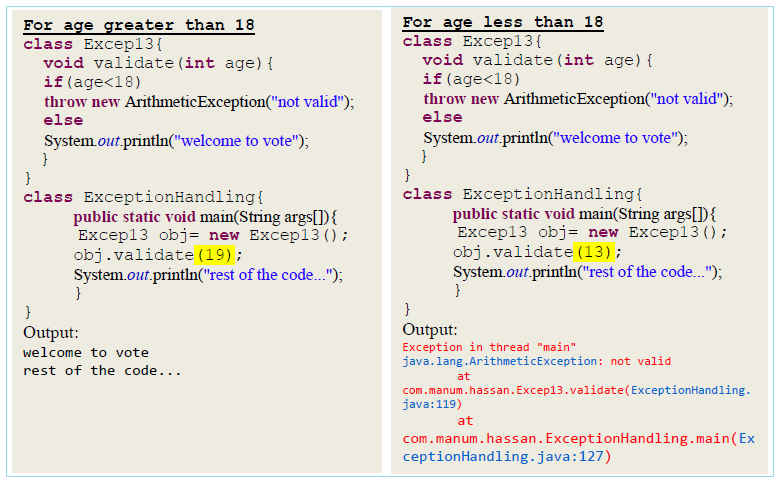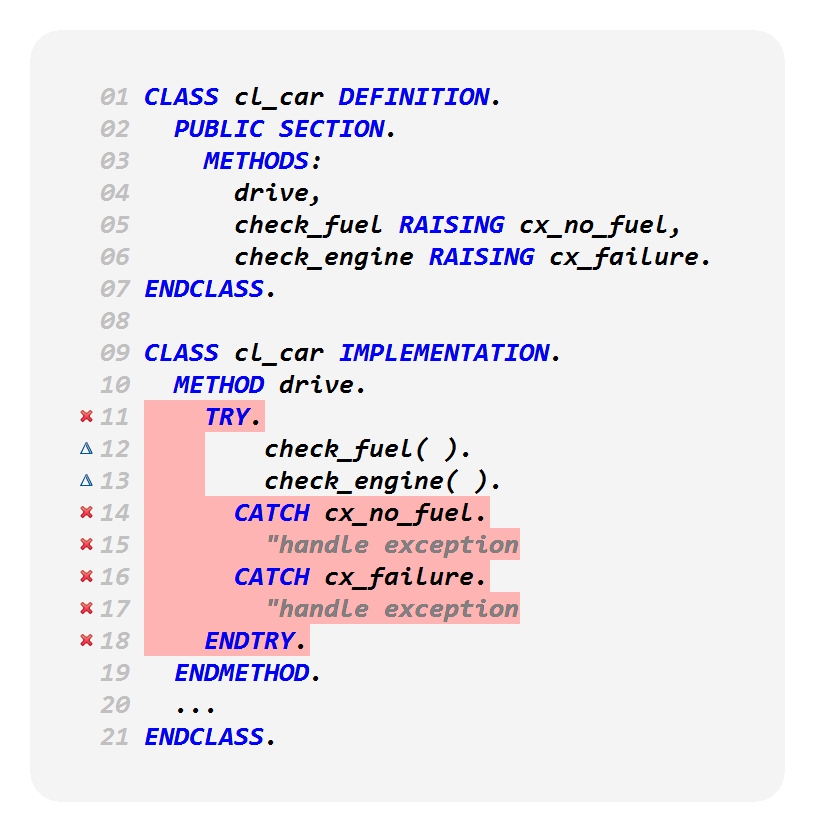java polymorphism vs inheritance
java polymorphism vs inheritance
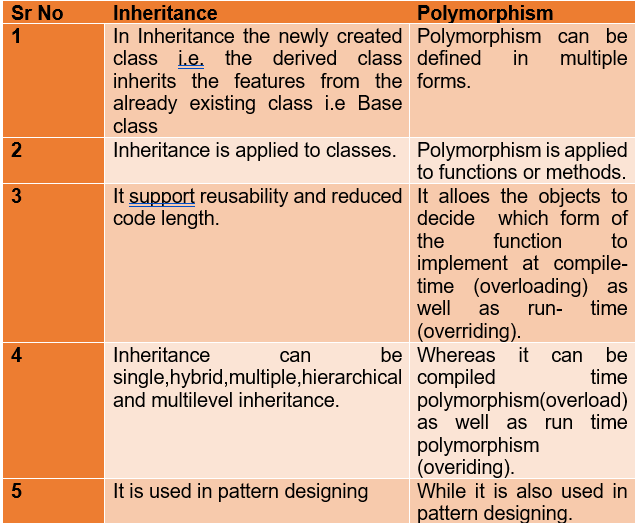
I'd be happy to respond in English!
Java Polymorphism and Inheritance are two fundamental concepts that every Java programmer should understand well. Both of these concepts are essential for creating robust, flexible, and reusable code.
Inheritance
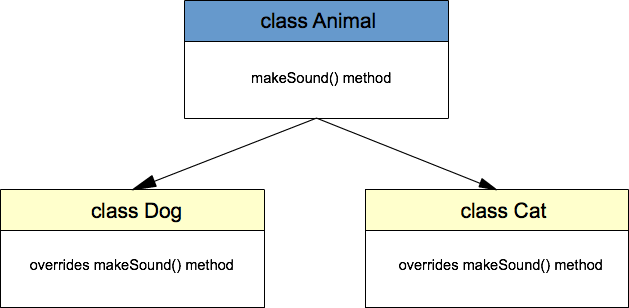
Inheritance is the process by which one class can inherit the properties and behavior of another class. This allows a new class to reuse the existing code from an inherited class, while still allowing the new class to add its own unique features or modifications. In Java, inheritance is implemented using the extends keyword.
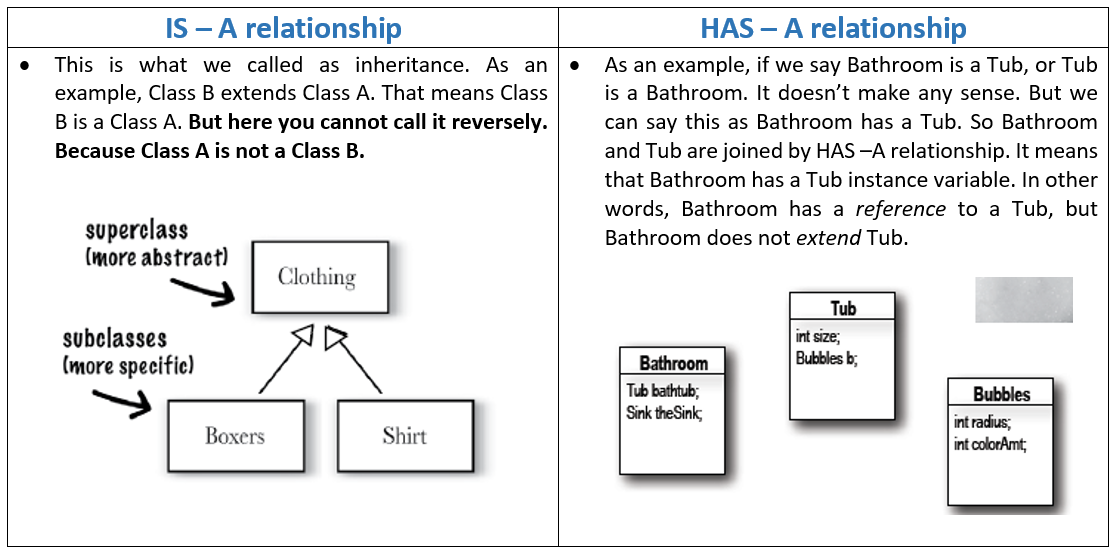
When a class inherits from another class, it automatically gets access to all the fields and methods of the parent class (also known as the superclass). This can be thought of as "subclassing" or "specializing" an existing class by adding new features or modifying its behavior. A subclass inherits the properties and behavior of its superclass, but a subclass is not necessarily an exact copy of its superclass.
Polymorphism
Polymorphism refers to the ability of an object to take on multiple forms. In Java, polymorphism can be implemented through method overriding (where a subclass provides a different implementation for a method inherited from its superclass) or method overloading (where multiple methods with the same name but different parameters can be defined).
Method overriding is when a subclass provides a specific implementation for a method that is already defined in its superclass. This allows the subclass to specialize the behavior of its superclass.
Method overloading, on the other hand, is when multiple methods with the same name can be defined, each taking a different set of parameters. This allows objects of different classes to respond to the same method call.
Key differences
So what are the key differences between polymorphism and inheritance?
Inheritance: Inheritance refers to the process of creating a new class that is based on an existing class. The new class inherits all the properties and behavior of its superclass, but can also add or modify its own features. Polymorphism: Polymorphism refers to the ability of an object to take on multiple forms. This can be achieved through method overriding (specializing the behavior of a superclass) or method overloading (defining multiple methods with different parameters).In summary, inheritance is about creating a new class that inherits from an existing class, while polymorphism is about an object taking on multiple forms. Both concepts are essential for creating robust and reusable code in Java.
Real-world analogy
To illustrate the difference between polymorphism and inheritance, consider a real-world scenario:
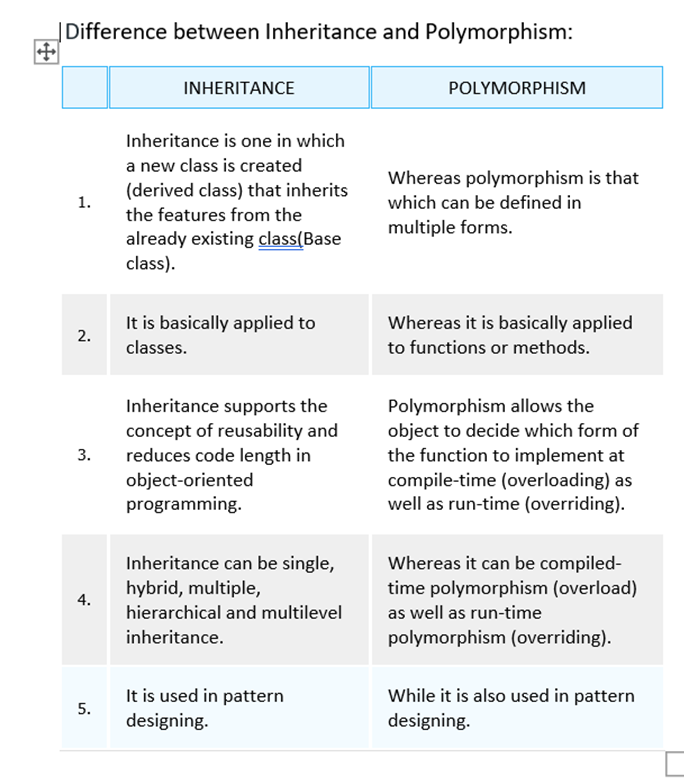
Imagine you're creating a restaurant franchise, where each location has its own unique menu items. However, all locations have some common dishes that they serve, like burgers and fries. In this case, the different menus at each location can be thought of as separate classes (e.g., "Menu A" vs. "Menu B") that inherit from a common superclass (e.g., "Basic Menu").
In this scenario, inheritance would refer to creating new menu items (classes) that inherit the basic features and structure of the existing menu (superclass). Polymorphism would then allow each location's menu to take on multiple forms (e.g., different menu item names or prices) while still sharing some common elements.
I hope this helps clarify the difference between polymorphism and inheritance in Java!
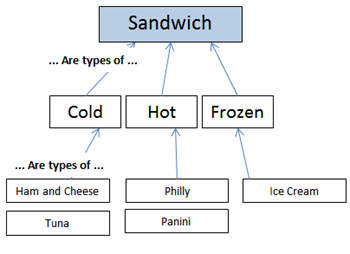
compile time polymorphism in java
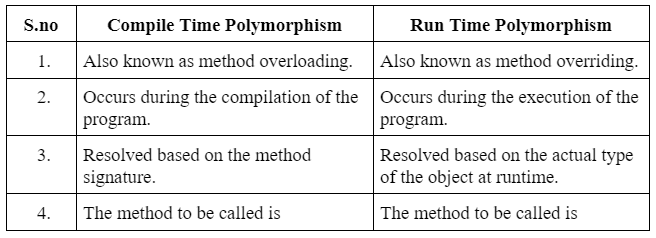
I'm happy to help you with that!

Compile-time polymorphism is the ability of a program to use different methods depending on the type of object passed as an argument at compile time. In Java, this type of polymorphism is achieved through method overriding and method overloading.
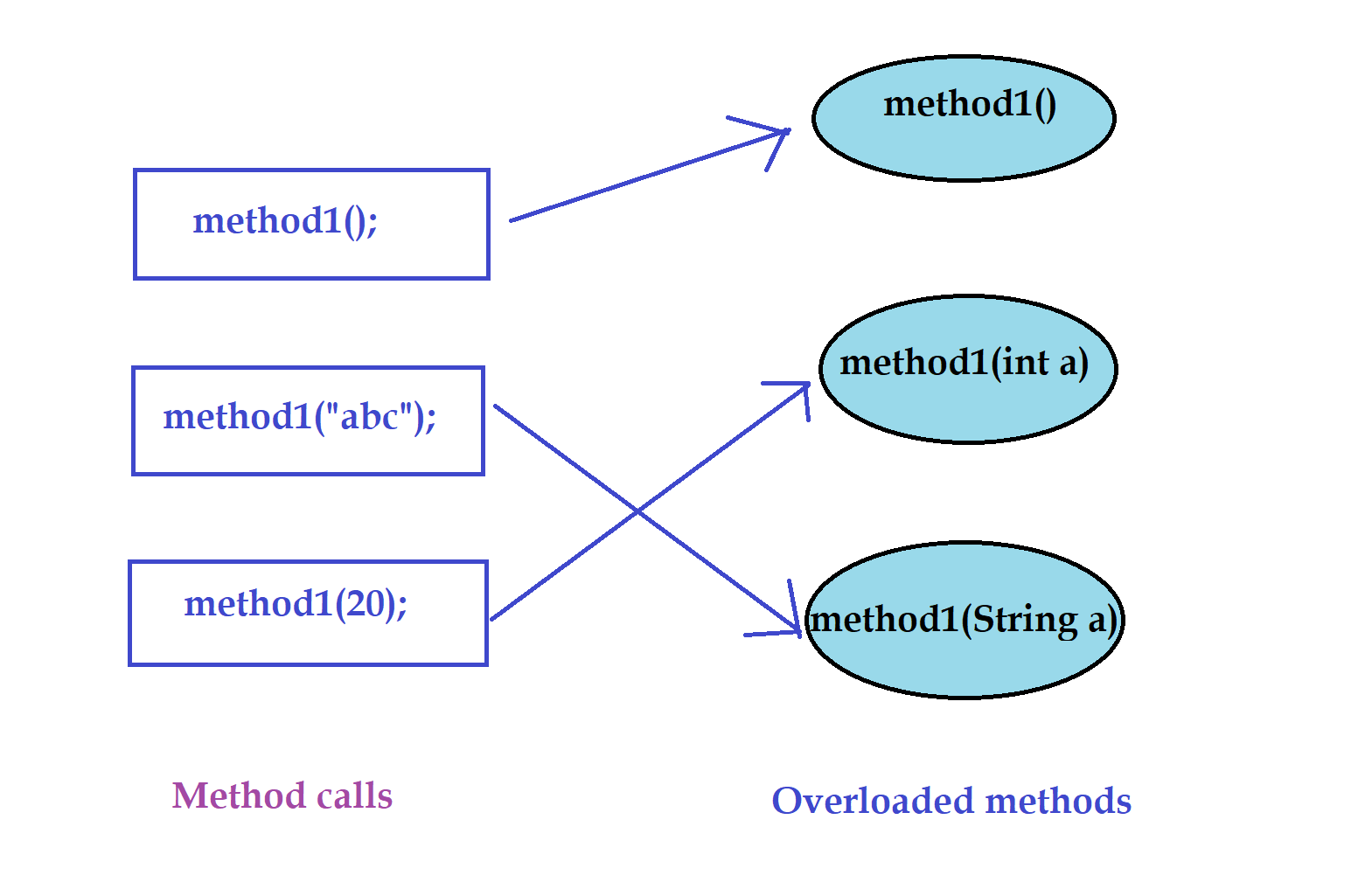
Method Overriding
Method overriding is when a subclass provides a different implementation for a method that has already been defined in its superclass. The method signature (method name and parameter list) must be identical in both classes. At compile time, the JVM uses the most specific version of the method based on the object's runtime type.
Here's an example:
class Animal {public void sound() {
System.out.println("The animal makes a generic sound");
}
}
class Dog extends Animal {
@Override
public void sound() {
System.out.println("The dog barks");
}
}
public class Main {
public static void main(String[] args) {
Animal myAnimal = new Animal();
Dog myDog = new Dog();
myAnimal.sound(); // Output: The animal makes a generic sound
myDog.sound(); // Output: The dog barks
}
}
In this example, the sound() method is overridden in the Dog class. When we call myAnimal.sound() and myDog.sound(), the JVM uses the correct implementation based on the object's type.
Method Overloading
Method overloading is when a class provides multiple methods with the same name but different parameter lists. At compile time, the JVM determines which method to use based on the number and types of arguments passed.
Here's an example:
public class Calculator {public int add(int x) {
return x;
}
public int add(int x, int y) {
return x + y;
}
public double add(double x, double y) {
return x + y;
}
}
public class Main {
public static void main(String[] args) {
Calculator calculator = new Calculator();
System.out.println(calculator.add(10)); // Output: 10
System.out.println(calculator.add(10, 20)); // Output: 30
System.out.println(calculator.add(3.5, 2.8)); // Output: 6.3
}
}
In this example, the add() method is overloaded to accept different numbers and types of arguments. When we call calculator.add() with one or two integer arguments, the JVM uses the correct implementation based on the number of arguments.
In conclusion, compile-time polymorphism in Java allows for more flexibility and power in writing code by enabling methods to be overridden or overloaded. This is achieved through method overriding and method overloading, which are essential concepts in object-oriented programming.
